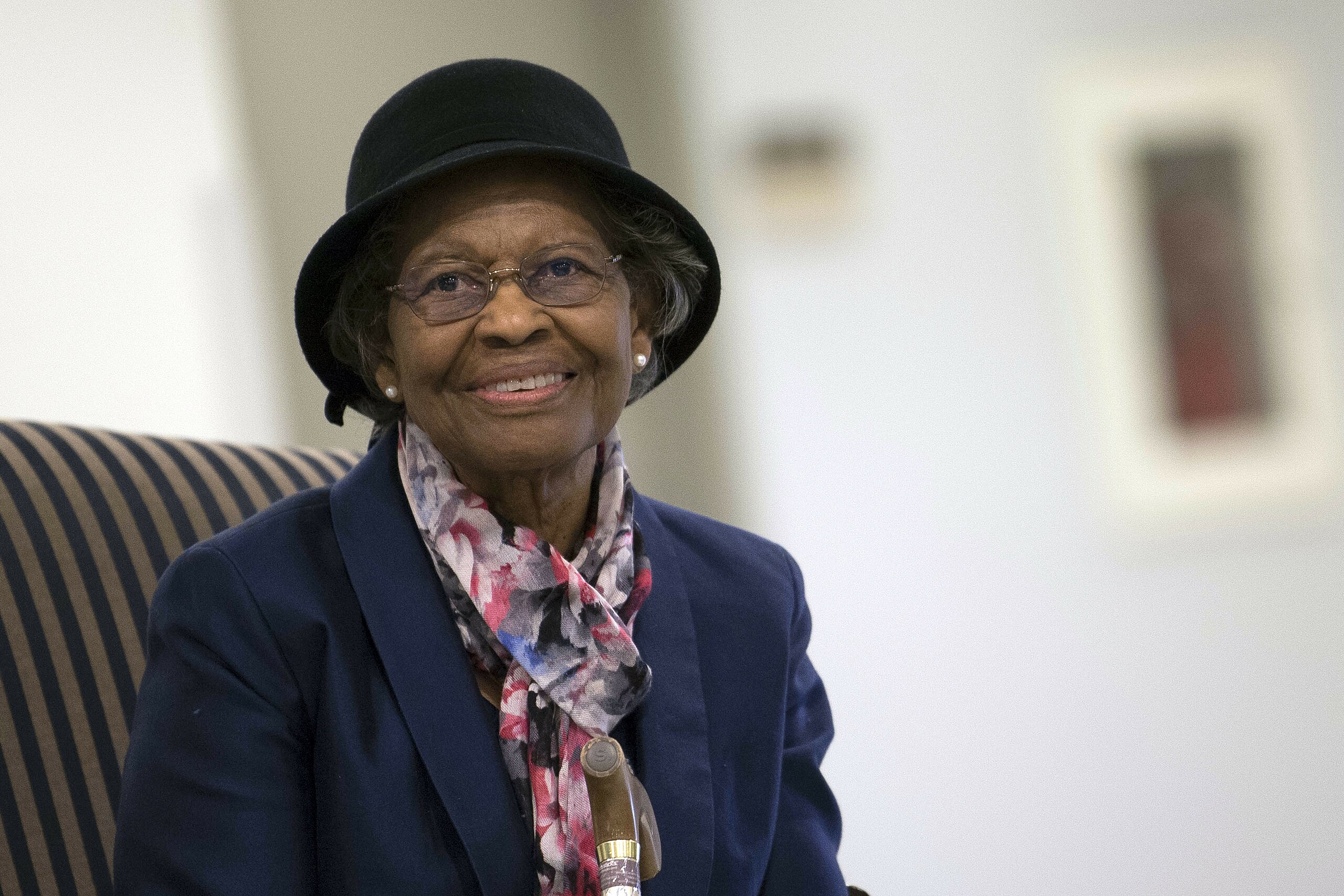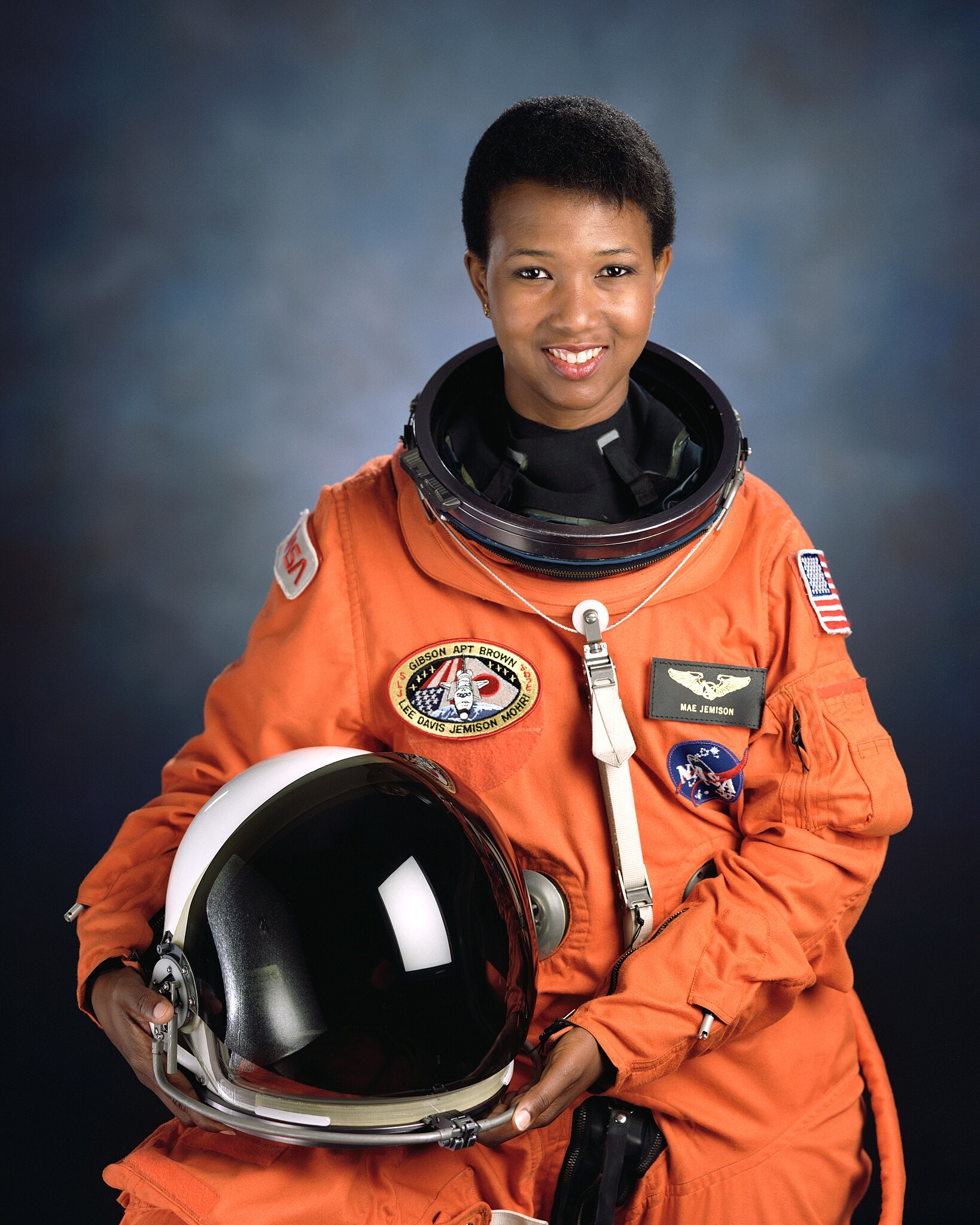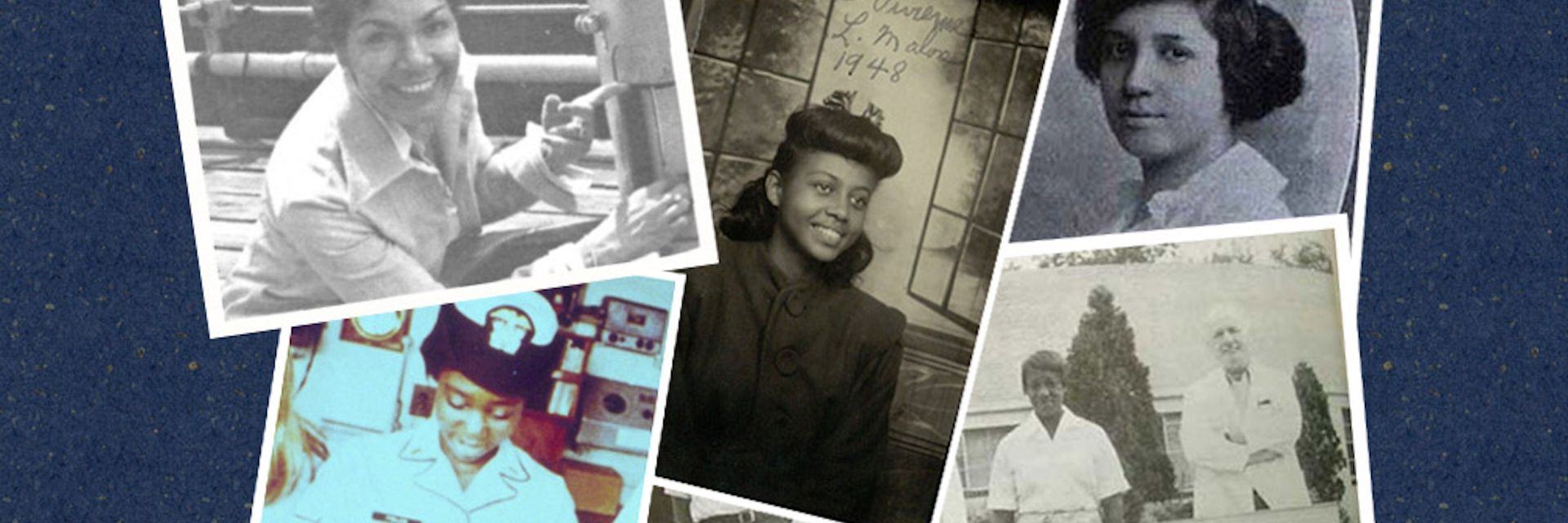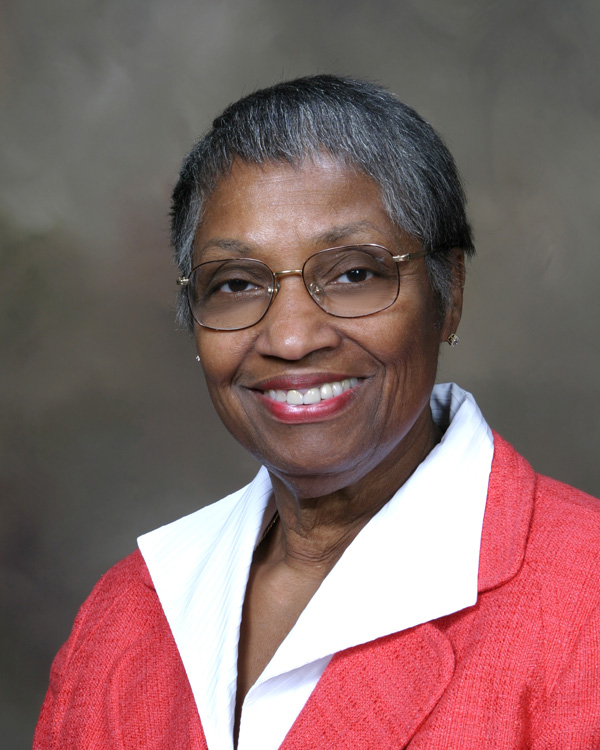The achievements of these three African American women in technology, space, and medicine despite facing – and overcoming – racism and adversity are inspiring.
◊
In the struggle of Black women for equal opportunity in American society, it might seem that careers in science, technology, engineering, and mathematics (STEM) have presented particularly steep challenges. As we mark Black History Month this year, let’s celebrate three remarkable African American women who were not content to accept a status as “hidden figures” in such fields.
Black families pursue the American Dream in this hard-hitting MagellanTV documentary.
Gladys West
 (Credit: Adrian Cadiz, via Wikimedia Commons)
(Credit: Adrian Cadiz, via Wikimedia Commons)
Gladys Mae West was born in 1930, in Sutherland, Virginia, to an African American farming family. She excelled at academics, eventually graduating as valedictorian of her high school class. This distinction earned her a full-ride scholarship to Virginia State University, a historically Black public university.
Graduating from VSU in 1953, West kicked off her career as a math teacher, returning to the university for her master of mathematics degree two years later. For much of her career, she conducted important research at the Naval Surface Warfare Center in Dahlgren, Virginia. Perhaps her most impressive achievement was programming an IBM computer to calculate and model the shape of the Earth precisely enough to serve as the basis for the global positioning system (GPS) that we all use today.
Even after retiring in 1998, West’s ambition for academic achievement continued, and she earned a Ph.D. in public administration from Virginia Tech. The U.S. Air Force Space Command inducted this lifelong learner into the U.S. Air Force Hall of Fame in 2018.
Mae Jemison
 (Source: NASA Image and Video Library, via Wikimedia Commons)
(Source: NASA Image and Video Library, via Wikimedia Commons)
When Mae Jemison was born in 1956, no one had ever traveled to space. Who could have imagined that this Black girl, who was born in rural Alabama and grew up in Chicago, would become the first Black woman to serve on the crew of a NASA space shuttle mission?
The daughter of a maintenance supervisor and a teacher, both of whom deeply valued education, Mae began studying evolution, paleontology, and astronomy at the library as soon as she could read. She was an honor roll graduate of Chicago’s Morgan Park High School when she was only 16 years of age, in 1973. As an undergraduate at Stanford University, Mae was a double major, earning degrees in Chemical Engineering and African-American Studies. She then went on to become a doctor, receiving her M.D. from Cornell University Medical College in 1981.
During the early years of her career, Dr. Jemison worked with the Peace Corps, offering aid in Kenya, Egypt, Greece, and Israel. But her career really took off when NASA selected her and 14 others among 2,000 applicants to become astronauts. She and the six other members of NASA Astronaut Group 12 served aboard the space shuttle Endeavor. Their mission was to determine the effects of microgravity and radiation on living things through a diverse series of experiments.
Jemison left NASA in 1993 to work as an educator, entrepreneur, and author. Among her more notable achievements have been teaching at Dartmouth College and founding a consulting firm that combines lessons from space and technology to improve daily life on Earth.
Alexa Canady
(Source: National Library of Medicine)
Like the other women highlighted here, Alexa Canady had big plans for her career. Her dad was a dentist, and her mother taught school. Alexa pursued a degree in Zoology from the University of Michigan. However, sometimes plans change. Her participation in a minority health careers program helped her realize that her true ambition was to become a doctor.
When she entered medical school at the University of Michigan, she expected to become a general practitioner. But she found herself gravitating instead toward neurosurgery, a demanding field dominated by White male doctors at the time. Her advisors frankly worried that success in this area might be a reach for her, and indeed, she had difficulty finding an internship opportunity.
Canady was finally accepted as an intern by Yale-New Haven Hospital in 1975, making her the first Black woman to participate in the surgical internship program. She completed her residency at the University of Minnesota, followed by a fellowship in pediatric neurosurgery at the Children's Hospital of Philadelphia. She spent most of the rest of her career at the Children's Hospital of Michigan, where she was chief of neurosurgery for many years. Now retired, she continues to advocate for young women pursuing careers in medicine.
Gladys West, Mae Jemison, and Alexa Canady are but three of many Black women who have made important contributions to the sciences and American society generally. They are fitting examples, and they are far from alone in their achievements.
Ω
Title Image: Black History Month photo montage: June Bacon-Bercey (top left), Vivienne Malone-Mayes (center), Euphemia Lofton Haynes (top right), Jessie Isabelle Price (bottom right), then Ensign Evelyn J. Fields (bottom left). (Credit: Hilda Bastian, via Wikimedia Commons)



